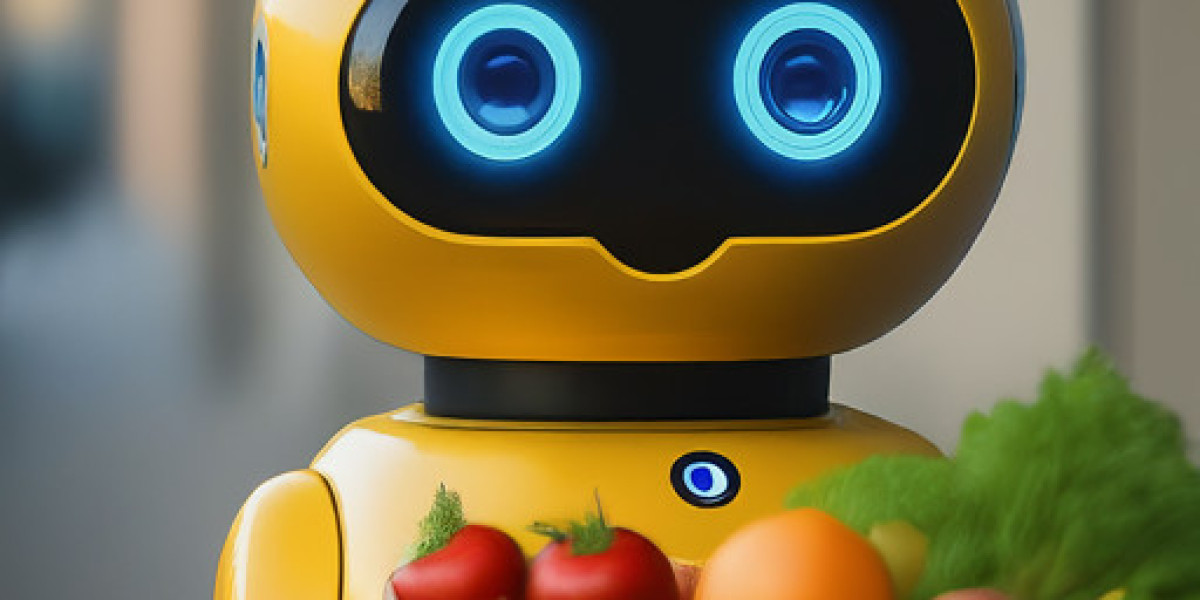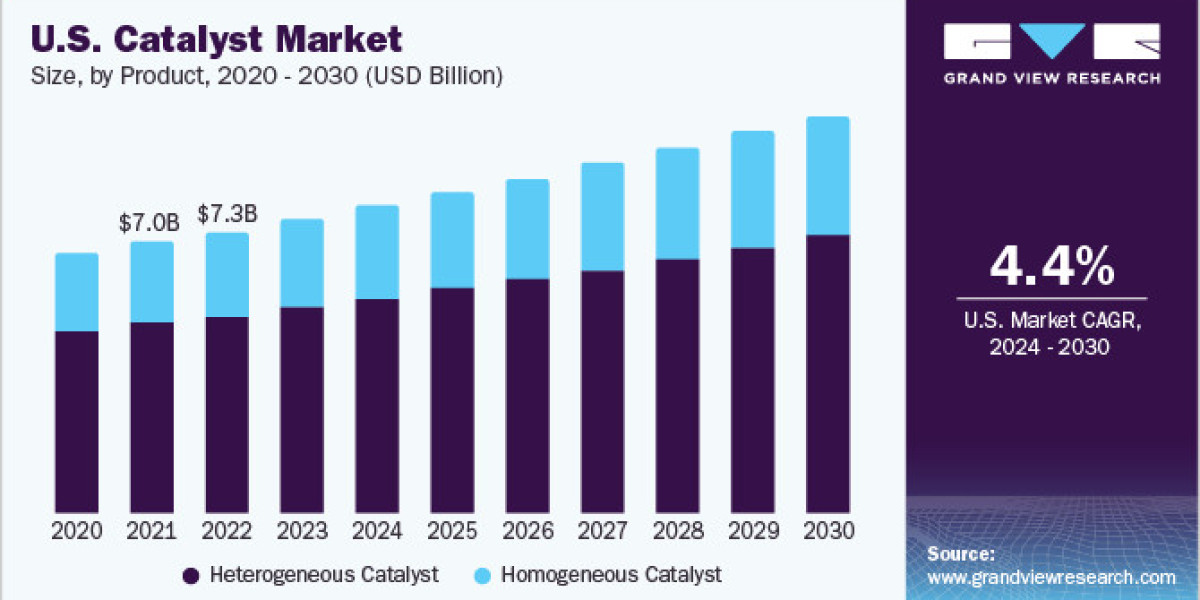In recent years, the concept of delivery robots has moved from the pages of science fiction to the streets of many cities around the world. These autonomous robots are changing how packages, groceries, and food reach our doorsteps. As we move towards a future with smart technologies, delivery robots are playing a key role in transforming the delivery industry. Let’s take a closer look at what these robots are, how they work, and their benefits to society.
What Are Delivery Robots?
Delivery robots are small, self-driving machines designed to carry items from one location to another. They often resemble a cooler or a box on wheels and are equipped with sensors, cameras, and GPS systems. These devices allow them to navigate sidewalks and streets safely without human assistance. You may have already spotted these robots moving down city sidewalks, especially in urban areas or college campuses, delivering anything from groceries to takeout food.
How Do Delivery Robots Work?
Delivery robots use a combination of advanced technologies to get from point A to point B:
Autonomous Navigation: These robots are designed to drive themselves. They use sensors like cameras, radar, and LIDAR (a laser-based technology) to "see" their surroundings, recognize obstacles, and avoid collisions.
GPS Tracking: Just like smartphones, delivery robots are equipped with GPS. This helps them follow specific routes, allowing them to find the quickest and safest paths to their destination.
Artificial Intelligence (AI): AI plays a significant role in helping delivery robots learn about their environment. With AI, they can recognize objects (like pedestrians and vehicles) and adapt to traffic rules.
Mobile Apps: Customers can interact with delivery robots through smartphone apps. Once the robot reaches its destination, the customer receives a notification and can unlock the robot’s compartment using their phone.
Types of Delivery Robots
There are different types of delivery robots based on their usage and design:
Ground-Based Delivery Robots: These are the most common types and operate on sidewalks. Companies like Starship Technologies and Amazon have pioneered their use for food, groceries, and small packages. These robots typically have six wheels and are equipped with a secure compartment for holding deliveries.
Drone Delivery Robots: These robots fly! They are typically used in rural or hard-to-reach areas. Companies like Wing (a Google spinoff) and Amazon's Prime Air are experimenting with drone deliveries to quickly drop off small packages from the air.
Indoor Delivery Robots: These are primarily used in large buildings, hospitals, or hotels. They can navigate inside, delivering medicine, food, or supplies within the premises.
Benefits of Delivery Robots
The growing popularity of delivery robots can be attributed to the many advantages they offer:
Cost Efficiency: Using delivery robots can reduce the cost of human labor, making deliveries cheaper for both businesses and consumers. Robots can work 24/7 without breaks or overtime pay.
Environmentally Friendly: Delivery robots are usually electric-powered, which means they produce zero emissions. This makes them an eco-friendly alternative to traditional delivery vehicles that run on fossil fuels.
Quick Deliveries: In busy urban areas, delivery robots can often avoid traffic jams and reach destinations faster than cars. They also make deliveries more efficient by optimizing routes and reducing wait times.
Contactless Deliveries: During times of health crises like the COVID-19 pandemic, delivery robots became even more popular because they offer a way to make completely contactless deliveries, minimizing human-to-human interaction.
Reduced Traffic Congestion: By using sidewalks and alternate routes, delivery robots help ease the burden on road traffic. This can help reduce congestion, especially in cities with dense populations.
Challenges Facing Delivery Robots
Although the benefits of delivery robots are clear, there are some challenges that need to be addressed:
Regulations: Since delivery robots use public spaces like sidewalks and roads, cities need to create laws to ensure safety. Some cities have banned or restricted their use until clear rules are established.
Technical Limitations: Despite advanced technology, delivery robots still face issues with complex obstacles, bad weather, or navigating in crowded areas.
Public Acceptance: Some people are concerned about robots replacing jobs or disrupting public spaces. Ensuring that robots operate safely and respectfully can help gain public trust.
Security Concerns: Delivery robots carry valuable goods, and ensuring they are not tampered with or stolen is critical. Companies are developing stronger security features, such as locked compartments and real-time monitoring.
The Future of Delivery Robots
As technology continues to advance, the future looks bright for delivery robots. In the next few years, we can expect these robots to become more common in urban and suburban areas. Improved AI and robotics will likely make them more efficient and reliable, leading to faster deliveries and lower costs. Many businesses see the potential for these robots to revolutionize not only deliveries but also logistics, making the movement of goods smarter and greener.
Conclusion
Delivery robots are quickly becoming a part of everyday life. They represent a step towards a more connected, efficient, and environmentally friendly delivery system. While there are still some hurdles to overcome, the potential for growth in this industry is enormous. Whether it’s a pizza or a package, don’t be surprised if, in the near future, your next delivery arrives by robot!







